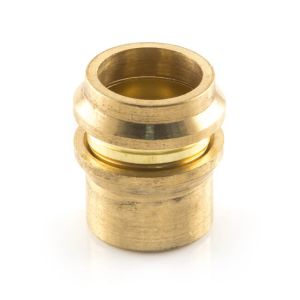Hello Forum,
I'm thinking of plumbing in a water softener myself (mainly because no local plumbers want to do the job for a sensible price). I've been advised that it should be connected to 22 mm pipes as I have a combination boiler. The existing pipework is 15 mm.
I've an idea of how I want to layout the new pipework (see attached picture) but I'm stuck on what to do with the incoming water main which is currently connected to 15 mm copper pipe and then to a 15 mm stopcock. The water main pipe is black and plastic and is 27 mm in diameter. The question is how do I connect this black water main pipe to 22 mm copper pipe? I've attached a picture of the existing connection.
I think the water main is LDPE but am not sure. I've searched the forum but can't find anything talking about 27 mm LDPE pipe so maybe it's not that? Any advice really appreciated.
Hope this is clear.
DD
I'm thinking of plumbing in a water softener myself (mainly because no local plumbers want to do the job for a sensible price). I've been advised that it should be connected to 22 mm pipes as I have a combination boiler. The existing pipework is 15 mm.
I've an idea of how I want to layout the new pipework (see attached picture) but I'm stuck on what to do with the incoming water main which is currently connected to 15 mm copper pipe and then to a 15 mm stopcock. The water main pipe is black and plastic and is 27 mm in diameter. The question is how do I connect this black water main pipe to 22 mm copper pipe? I've attached a picture of the existing connection.
I think the water main is LDPE but am not sure. I've searched the forum but can't find anything talking about 27 mm LDPE pipe so maybe it's not that? Any advice really appreciated.
Hope this is clear.
DD





